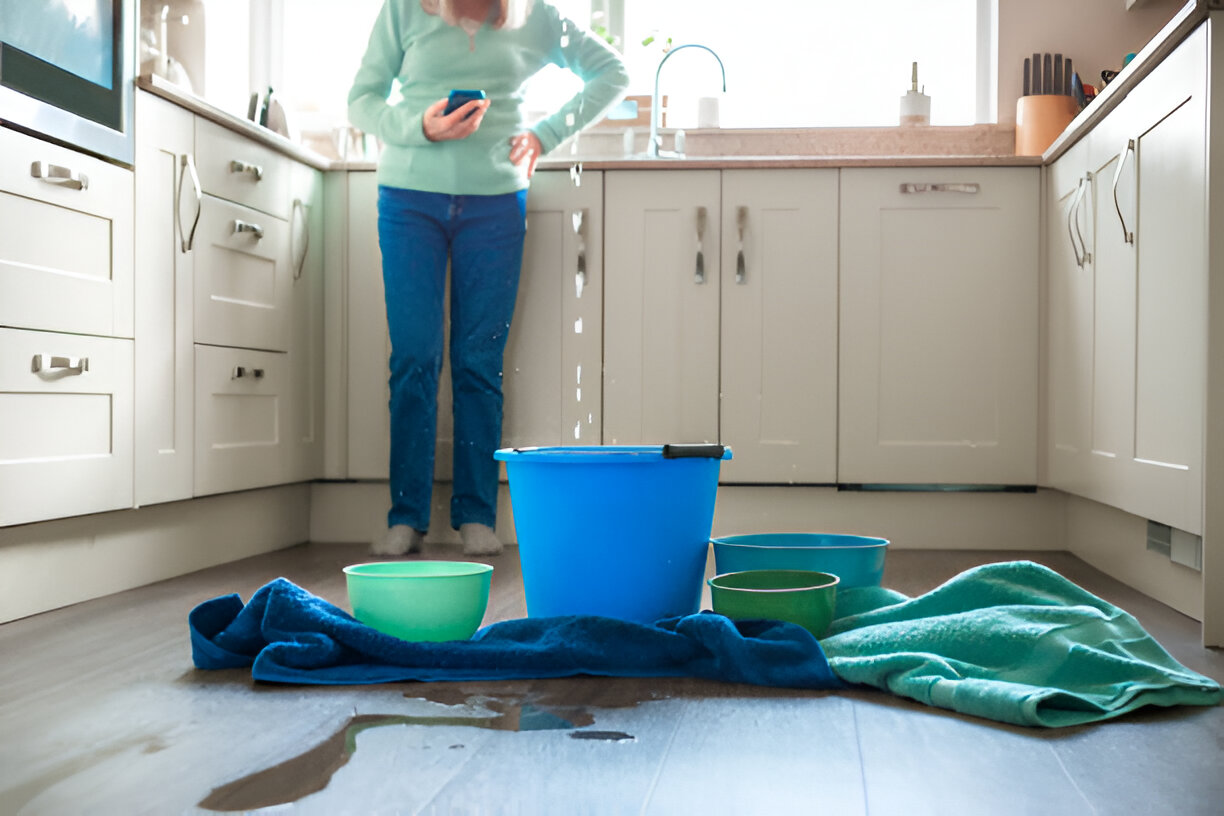The First 24 Hours After Water Damage: What Homeowners Should Do

You come home after a long day, ready to unwind, but as you step inside, something feels off. The air is damp, the floor squelches beneath your feet, and the unmistakable scent of moisture fills the air. Panic sets in as you realize water has invaded your home—seeping into carpets, soaking furniture, and creeping up the walls. In that moment, questions race through your mind. Where is the water coming from? How bad is the damage? What should I do first?
Water damage can turn a peaceful home into a disaster zone in minutes. Whether it’s from a burst pipe, a leaking roof, or an overflowing appliance, acting quickly is crucial to minimizing destruction and costly repairs. Knowing the right steps to take in those first critical hours can mean the difference between a quick recovery and long-term damage. Here’s what every homeowner should do when water damage strikes.
Time-Sensitive Steps to Minimize Damage
First Hour: Take Immediate Safety Measures
- If the damage is due to plumbing failure, shut off the main water supply. The valve is usually located in the basement, garage, or near the water meter.
- Cut off electricity in affected areas to prevent electrocution risks. If you cannot do so safely, contact an electrician immediately.
- Identify the source of the water intrusion. If a leaking roof is the issue, use tarps and buckets to contain the damage.
- Seek professional help from a reliable emergency water damage restoration service provider in North Carolina to assess the situation and begin water extraction.
- If conditions are unsafe, evacuate the premises and ensure all family members and pets are in a secure location.
1-3 Hours: Extract Water & Document the Damage
- Begin removing standing water using a wet vacuum, mop, or towels. The sooner water is extracted, the less structural damage will occur.
- Relocate furniture, area rugs, and valuable belongings to a dry space to prevent further absorption and deterioration.
- Take photos and videos to document the damage for insurance purposes. Be sure to capture flooring, walls, furniture, and any personal property affected.
- Contact trusted water damage restoration experts in North Carolina to initiate professional cleanup and drying services.
3-6 Hours: Focus on Drying & Preventing Further Damage
- Open windows and doors to improve air circulation and speed up the drying process.
- Utilize fans and dehumidifiers to remove excess moisture from the air and prevent mold formation.
- Inspect walls, floors, and ceilings for hidden water pockets. Moisture meters can help detect areas of concern.
- Consider hiring specialists to ensure thorough drying and moisture control.
6-12 Hours: Check for Mold & Take Preventative Action
- Look out for early signs of mold growth, such as musty odors or discoloration on walls and ceilings.
- Sanitize affected areas using mild cleaning solutions or specialized products. Avoid using bleach on porous materials.
- Remove irreparably damaged carpets, drywall, and insulation to stop mold from spreading.
- If mold is detected, call a professional for mold inspection and remediation in North Carolina to protect your indoor air quality.
12-18 Hours: Assess Structural Damage & Plan for Restoration
- Examine walls, ceilings, and flooring for signs of weakening, such as warping, sagging, or cracks.
- If structural damage is evident, schedule an inspection and necessary repairs.
- Work with a water damage restoration team to monitor moisture levels before proceeding with full restoration.
- Begin gathering necessary documents for your insurance claim, including a detailed inventory of damaged items.
18-24 Hours: Begin Full Recovery & Work with Insurance
- Contact your insurance provider and submit all required evidence, including photos, videos, and estimates from restoration professionals.
- Consult with an adjuster to determine the total cost of restoration. Keep records of all expenses related to the damage.
- Start long-term restoration efforts, including structural repairs, drywall replacement, flooring fixes, and mold prevention treatments.
- Implement protective measures, such as installing water leak sensors, maintaining gutters, and insulating pipes to reduce future risks.
Trust All Brothers Restoration for Rapid Water Damage Recovery
Water damage can be overwhelming, but taking quick and decisive action will minimize long-term issues and restoration costs. The longer water sits, the more severe the damage becomes—mold growth, structural weakening, and costly repairs can escalate if not addressed immediately. Seeking professional assistance is the most effective way to recover your property and prevent future problems.
At All Brothers Restoration, we specialize in 24/7 emergency water damage restoration in North Carolina. Our experienced team is equipped with advanced tools to extract water, dry out affected areas, and restore your home efficiently. Don’t let water damage take control—call us today for fast and reliable service!
